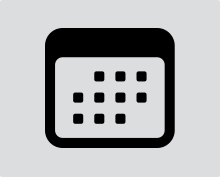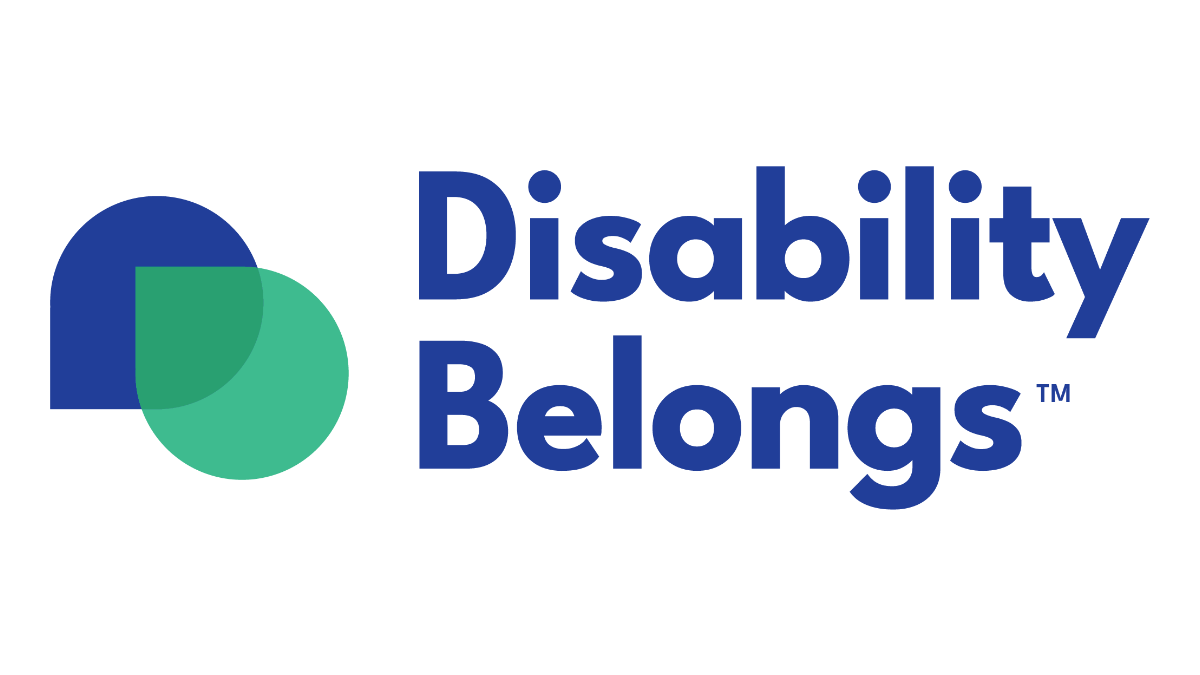“I have a tireless curiosity about people in general, and I love to find interesting stories. I’m no expert, but those characteristics seem to go productively well with the symptoms of ADHD.”
– Clarence Page, Award-Winning Journalist
Olympic gymnast Simone Biles, Shark Tank’s Robert Herjavec
and pop star Solange Knowles also have ADHD.
Attention Deficit Hyperactivity Disorder (ADHD) is a brain disorder that is characterized by an individual’s consistent inattention, hyperactivity and impulsivity. While everyone experiences these symptoms at one point or another, what classifies these behaviors under ADHD is when it begins to affect normal day-to-day functioning and/or development. ADHD is typically diagnosed in children. According to the Centers for Disease Control and Prevention (CDC), more than 6.4 million children have been diagnosed with ADHD in the United States – 11 percent of children ages four to 17. ADHD is not a learning disability. However, ADHD can interfere with learning. According to understood.org, experts estimate that one-third to one-half of individuals with a learning disability also have ADHD.
ADHD Predominantly Inattentive Type, also known as ADD, is a type of ADHD that does not involve hyperactivity. People with ADD may have trouble finishing tasks or following directions, and might be easily distracted. But the symptoms are generally less noticeable for ADD than ADHD, and as a result many people with ADD are unfortunately overlooked.
National organizations for people with ADHD/ADD:
- The Attention Deficit Disorder Association provides information, resources and networking opportunities to help adults with Attention Deficit Hyperactivity Disorder lead better lives.
- CHADD is a membership organization that was founded in 1987 in response to the frustration and sense of isolation experienced by parents and their children with ADHD. They produce Attention Magazine for their members and they sponsor an annual conference.
- Understood’s goal is to help the millions of parents whose children, ages three to 20, have learning and attention issues. They want to empower them to understand their children’s issues and relate to their experiences. With this knowledge, parents can make effective choices that propel their children from simply coping to truly thriving.





